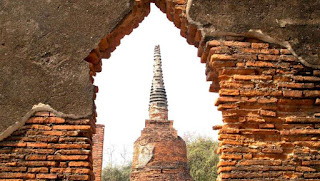Rule of Thirds

The rule of thirds is a photography practice that splits photos into a grid with 9 boxes. In this picture the elephant is on the right vertical grid which frames the background better. The use of the rule draws your eye to the elephant. This is a picture of a mural I took in Mexico. I cropped it to fit the rule of thirds. The focal point is the donkey, where the eye is drawn. In this picture the tree is on the right vertical axis.The focal point is the upper part of the tree, where the light is shining through. My dog is on the right vertical axis in this picture. The focal point is my dog.

